Heard Guild Museum Native American Arts Festival
In Phoenix, Arizona the 61st annual Heard Guild Museum Native American Arts Festival also known as the Indian Fair and Market, celebrated this years 3-day event with over 600 artists and performers from different tribes and various regions.
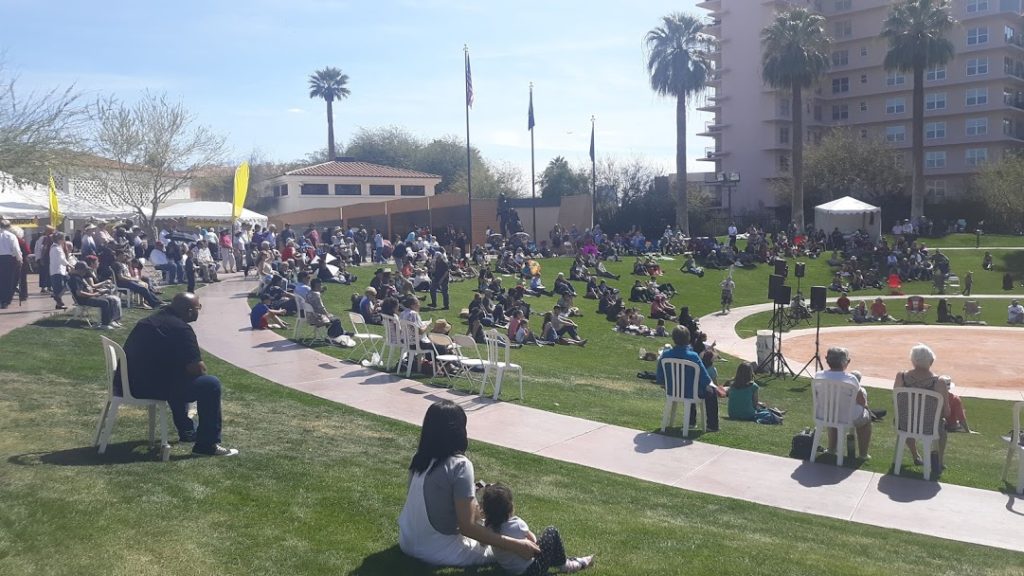
The Native American home decor, furniture, wall art and other indigenous creations were presented by each vendor displaying their works for sale as people flooded from all over the nation to view and to purchase their collections.
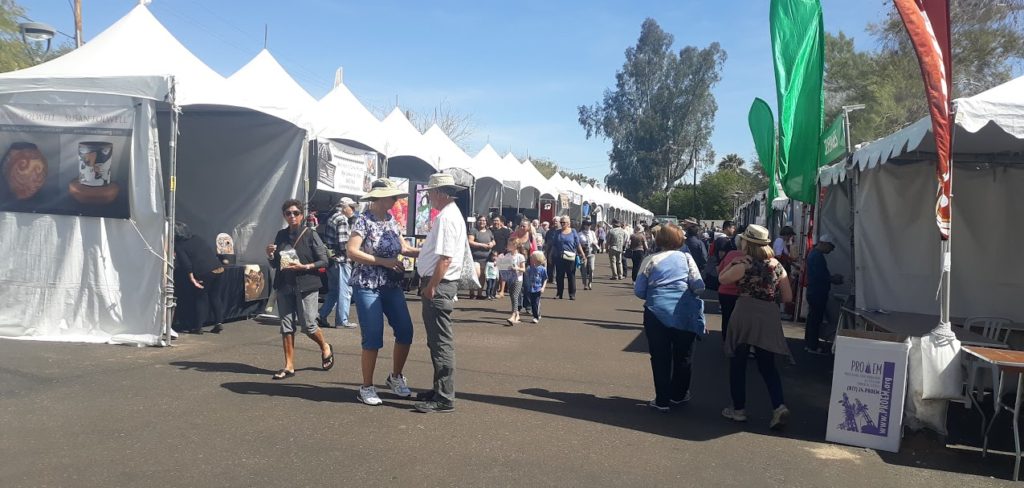
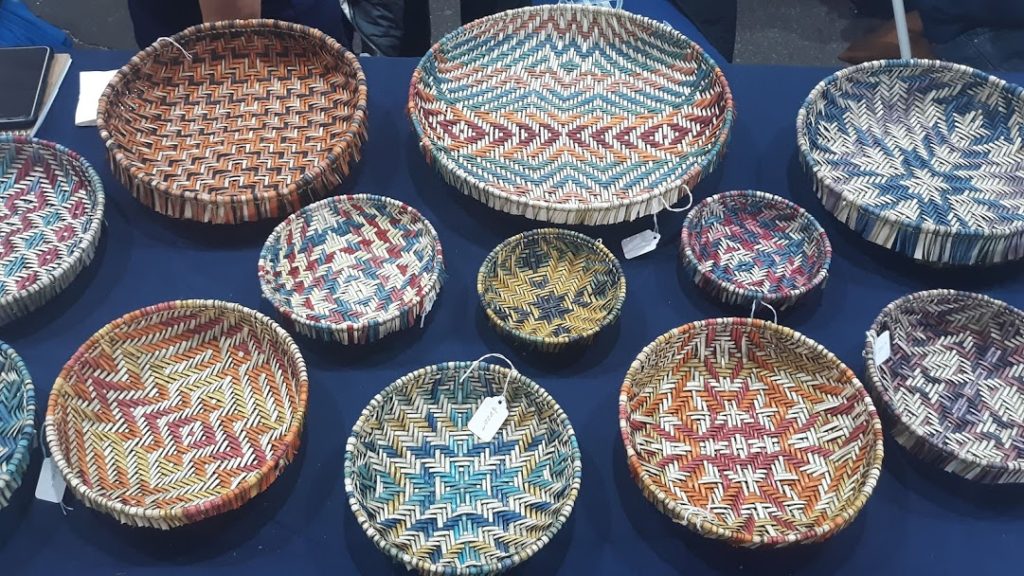
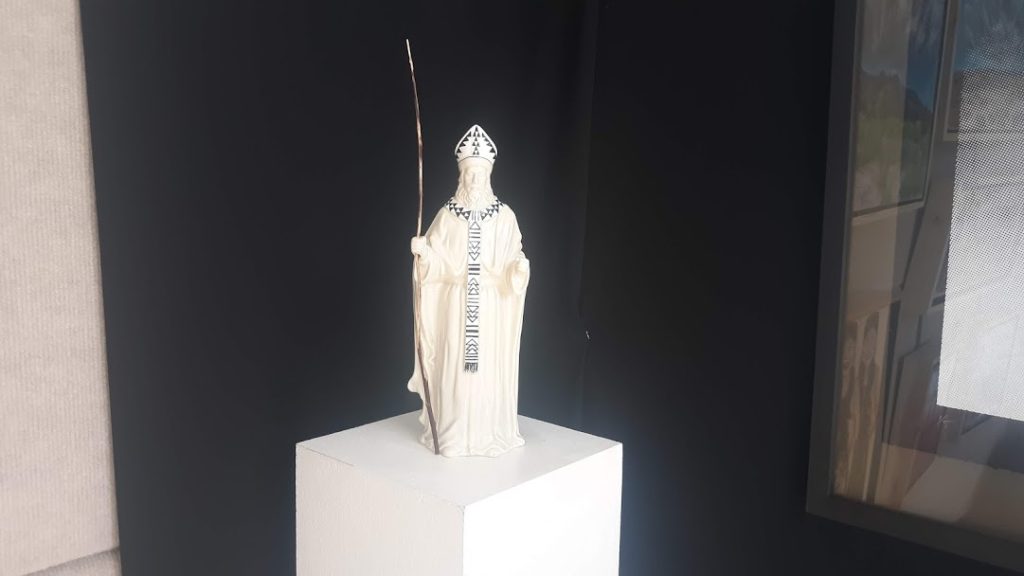
Each vendor’s table displayed the artist name and the tribe of origin. This allowed visitors to explore the different styles associated with a particular tribe as both a learning experience and as a chance to own pieces created by them.
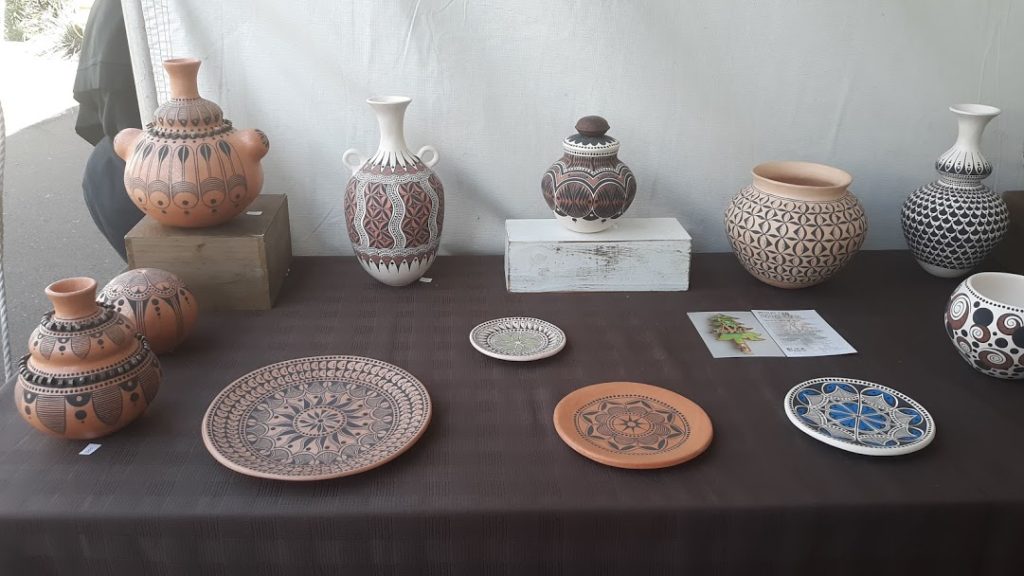

The handmade artwork included traditional handwoven baskets, wooden kachina dolls, pottery, jewelry, beadwork, sandpaintings, sculptures, paintings, fetishes, glasswork, ceramics, rugs and attire. The incredible artistry brought to life the many tribes in both the U.S and Canada.
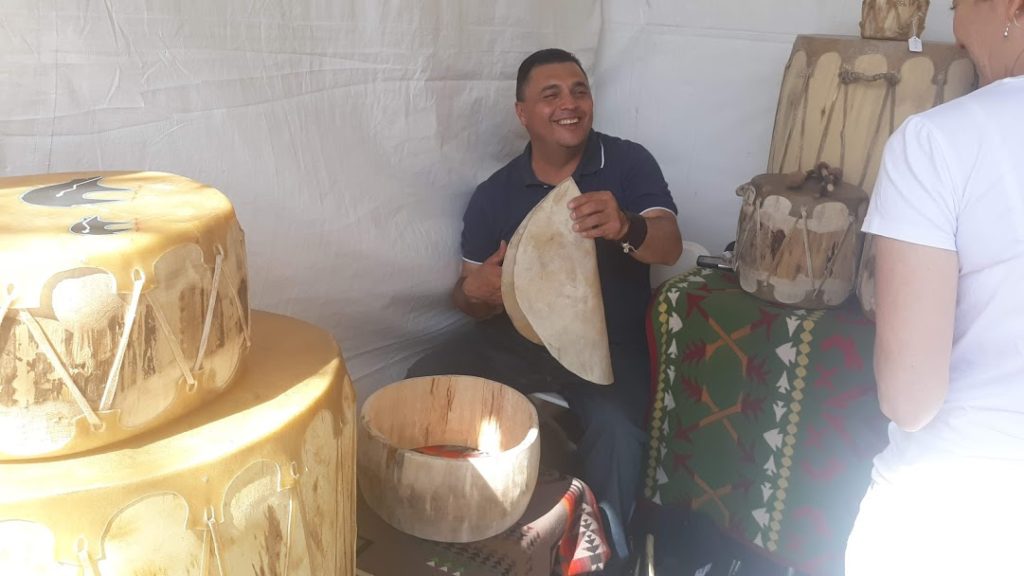
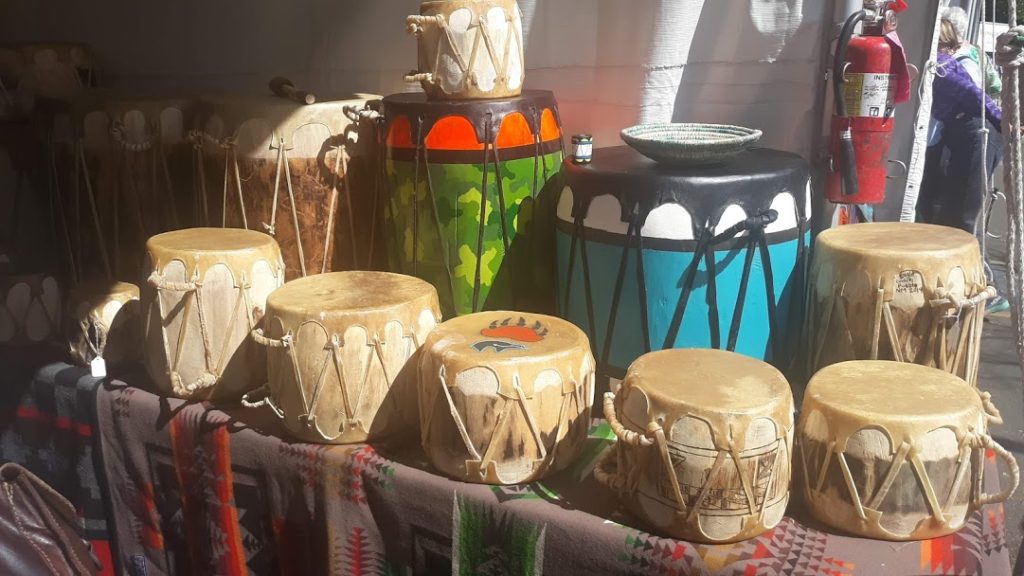
Variations on traditional styles gave a contemporary spin to some of the home accents and artwork. Some modern designs included monoprints of native american portraits, tribal designs and native american imagery on snowboards and converse sneakers covered with unique and brightly colored patterns.
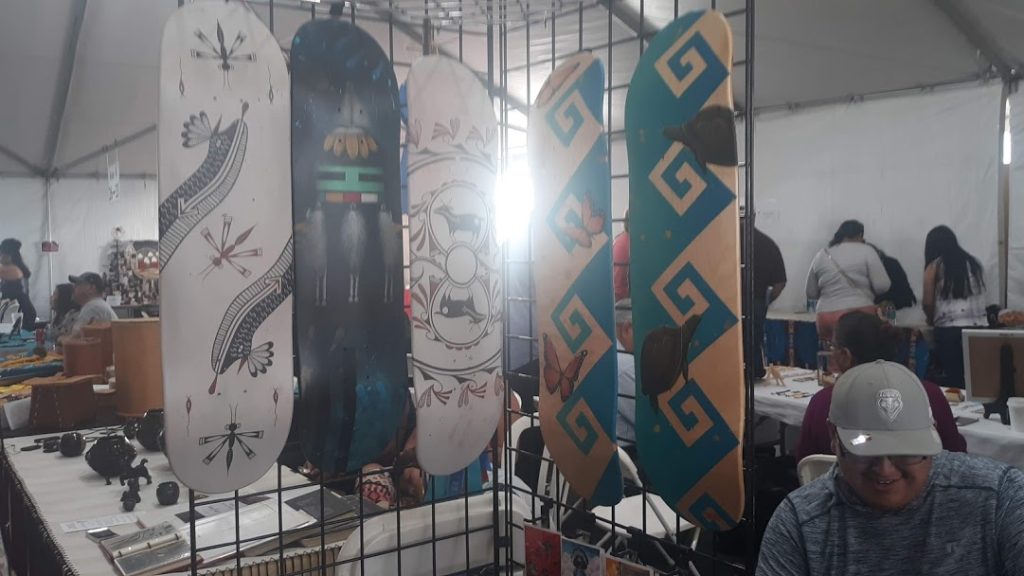
Performers included Native American song, dance, poetry and story-telling.
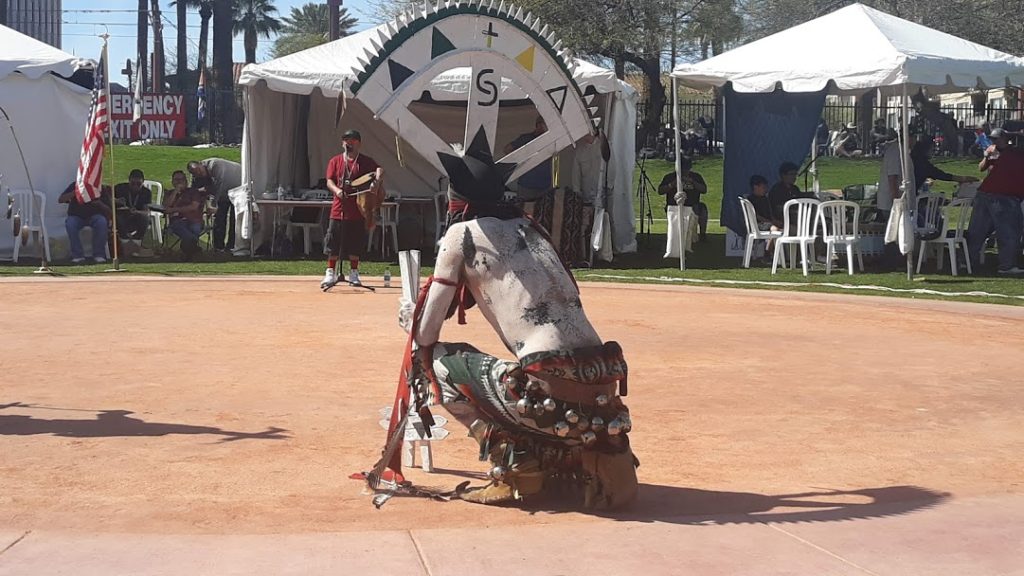

The festival presented an opportunity to engage with the artists, to learn about their artistic process and to better understand the various meanings and symbolism behind their artwork.
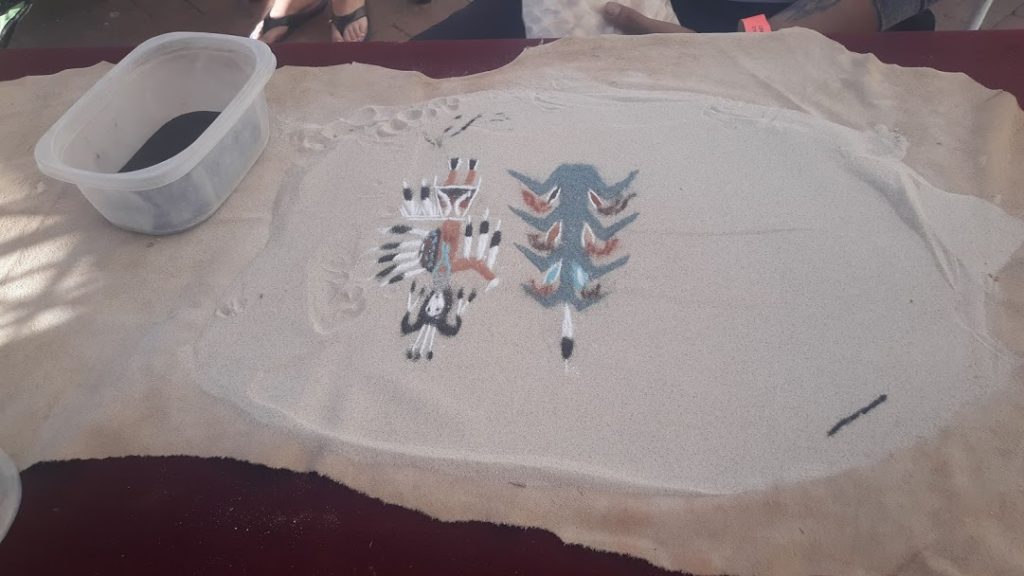
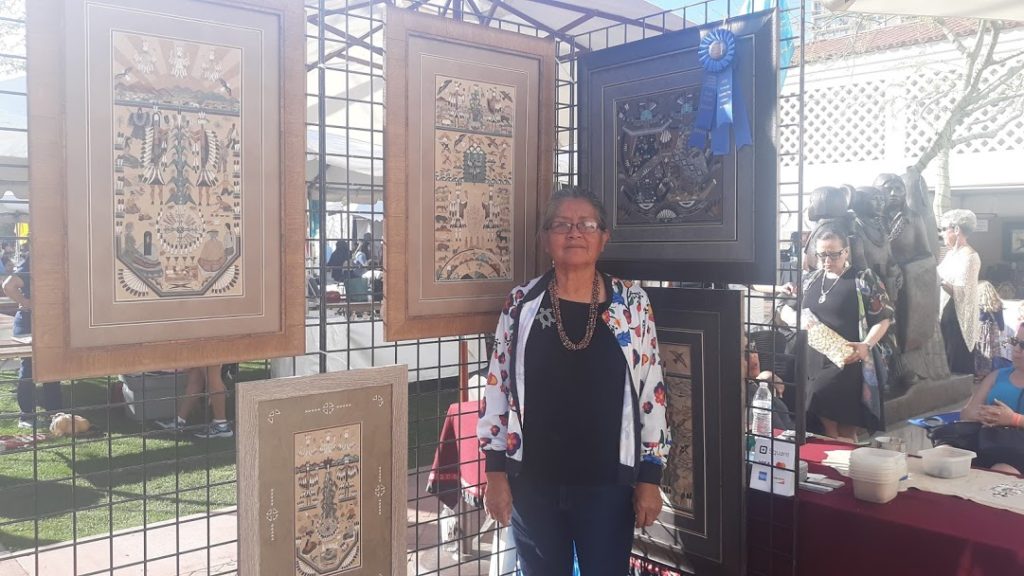
For example, similar to Tibetan monks, the medicine men will create sand paintings during a healing ceremony for temporary use. When the ceremony is finished, the paintings will be wiped away. At the Indian Fair and Market, the permanent sand paintings were displayed for sale and the temporary sand paintings were on display to demonstrate the process of the medicine man.
Handmade cradleboards, for instance, serve the purpose of cradling newborn babies until they can freely move on their own. They are used to keep the baby tightly secure for posture, warmth and safety. When no longer needed, the cradleboards stand as beautiful and memorable home accents.
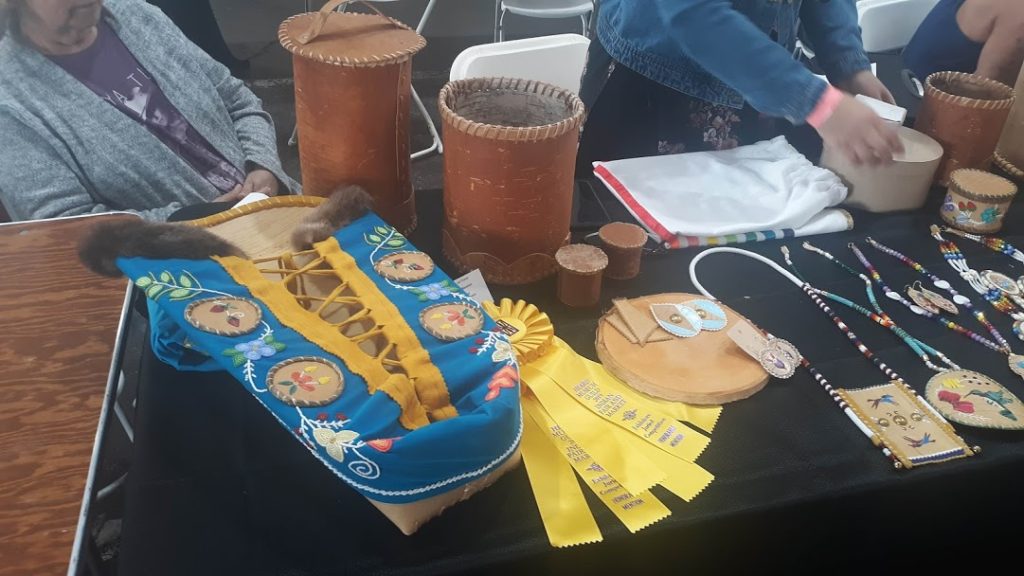
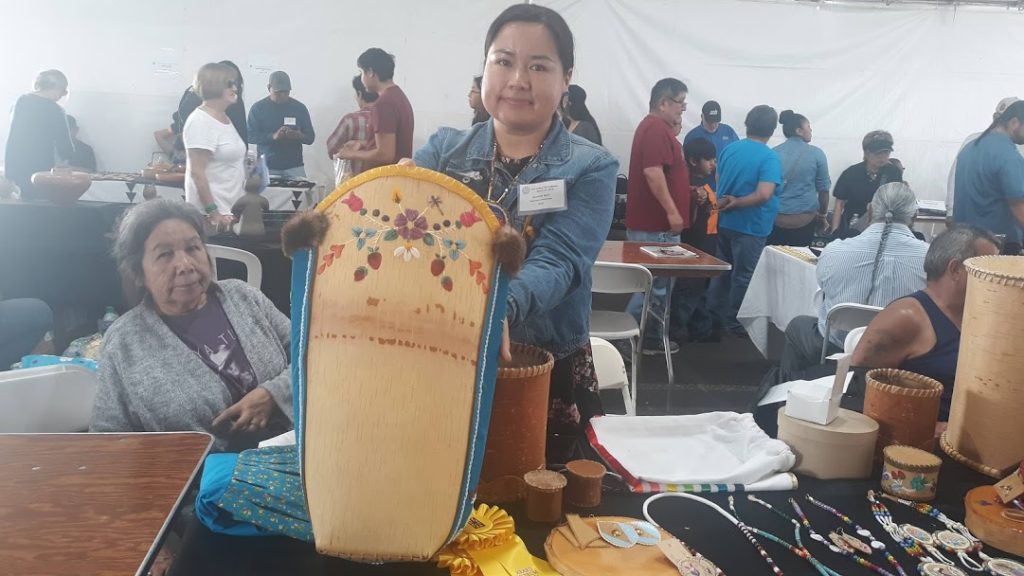
Another example are Native America Kachina or Katsina dolls. Several tribes create Kachina dolls but the Hopi primarily create them. The dolls are used for story-telling and each one represents a different story. Some symbolize traditional stories passed down through the generations while others represent stories that the artist created themselves.
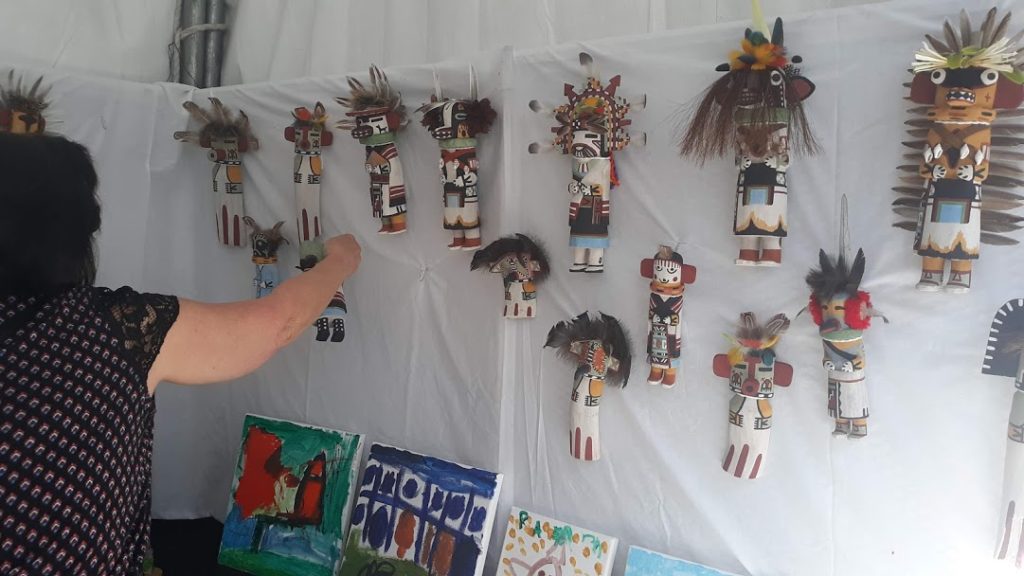
Native American artwork is filled with a rich history and artistically orchestrated symbolism. Their style of artistry will live on as a shining presence in the foundation of North and South America.
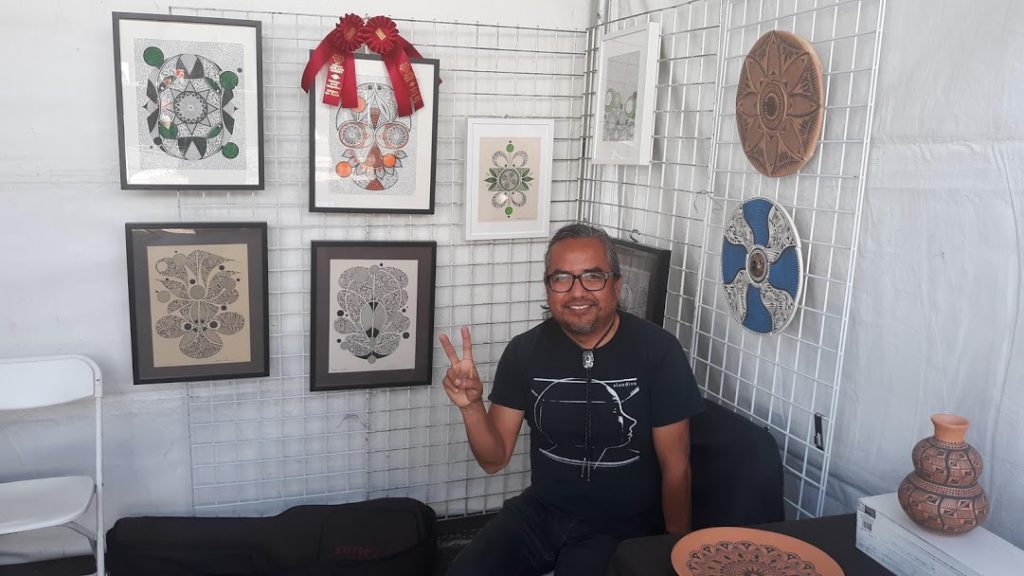
Rowan Harrison, Isleta / Navajo, Handmade pottery and paintings
The Heard Museum Indian Fair and Market and Native American Arts Festival is held only once a year, however, the Heard Museum has an on-going exhibition called “Home: Native People in the Southwest.” This exhibition features vintage and present day artwork from numerous indigenous tribes for visitors to appreciate and to explore.